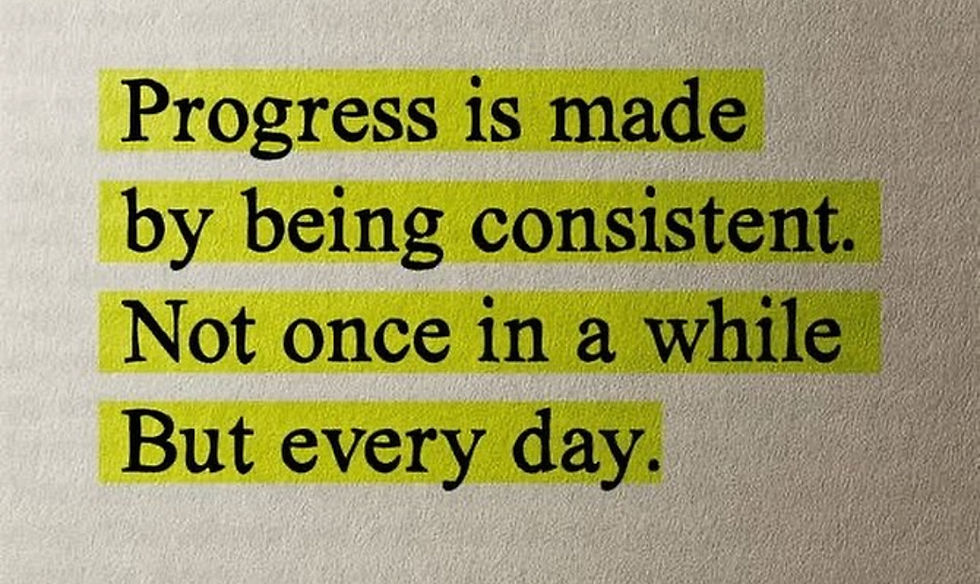Why 30 Plant Foods a Week?
- Jill Washecka
- Jul 12
- 3 min read
Why Eating 30 Different Plant Foods a Week Is One of the Best Things You Can Do for Your Health...And how to actually make it happen without losing your mind
You’ve probably heard that fiber is important. Or that eating more vegetables is good for you. But here’s the thing no one tells you: variety matters just as much as quantity.
In fact, one of the most powerful things you can do for your gut health, immune system, mood, and even energy levels is to eat 30 different plant foods every week.
That’s not a typo. Thirty.
Before you panic, I’m not talking about eating 30 salads.
Or spending your Sunday prepping rainbow-colored mason jars. I’m talking about plant diversity: veggies, fruits, grains, legumes, nuts, seeds, herbs, and spices. They all count.
Why 30 Plant Foods a Week?
This idea comes from the American Gut Project, one of the largest studies on the human microbiome. Researchers found that people who ate 30 or more different plant foods per week had:
A more diverse and resilient gut microbiome
Better digestion and less bloating
Stronger immune systems
Lower inflammation
Improved mood and mental clarity
In short, your gut thrives on variety—and a diverse microbiome can improve nearly every aspect of your health, from how well you sleep to how easily you lose weight.
What Counts as a Plant Food?
Here’s the good news: it’s not just broccoli and kale.
All of these count toward your 30-per-week goal:
Vegetables (fresh, frozen, cooked, raw)
Fruits (yes, even bananas!)
Whole grains (like oats, quinoa, brown rice)
Legumes (beans, lentils, chickpeas)
Nuts & seeds (almonds, chia, flax, pumpkin seeds)
Herbs & spices (cilantro, turmeric, basil, cinnamon)
Plant-based oils (olive oil counts!)
Even coffee, tea, and dark chocolate contribute to plant diversity. And no, they don’t all need to be organic or exotic—familiar staples count just as much.
How to Actually Get to 30 (Without Feeling Overwhelmed)
Here’s what I recommend to clients and what I do myself:
🥗 Think in categories, not ingredients.
Mix & match from different groups—don’t just rely on veggies.
One smoothie can have 5+ plants if you use greens, berries, flax, chia, and plant-based milk.
📓 Track it once a week.
Use the Notes app, a whiteboard, or my doc to tally them up.
The goal is progress, not perfection.
🔄 Repeat meals, but rotate ingredients.
Oatmeal every day? Swap out the fruit or nut butter.
Big salad for lunch? Try arugula one day, mixed greens the next. Use beans one day, lentils another.
Sample Day: You Might Be Closer Than You Think
Breakfast:
Oats (1) with chia seeds (2), flaxseeds (3), banana (4), blueberries (5), cinnamon (6), almond butter (7)
Lunch:
Lentil soup (8), kale (9), carrots (10), onion (11), garlic (12), olive oil (13), turmeric (14)
Snack:
Apple (15) + peanut butter (16)
Dinner:
Grilled salmon (not a plant, but pair with...)
Quinoa (17), roasted Brussels sprouts (18), sweet potatoes (19), and tahini sauce (20)
Evening:
Herbal tea (21) + square of dark chocolate (22)
That’s 22 in a single day—and you didn’t even need a plant-based cookbook or a trip to the farmer’s market.
Easy Ways to Add More Plants
Add beans to soups, salads, or pasta dishes
Top everything with seeds (chia, hemp, flax—easy win!)
Blend in frozen veggies (cauliflower in smoothies = invisible)
Chop up herbs and use generously
Use frozen stir-fry blends for weeknight dinners
Try a grain bowl night—quinoa, farro, or brown rice with roasted veggies, hummus, and a sprinkle of nuts or seeds
Spice it up—spices count and help reduce inflammation too!
Recipes to Get You Started
Chia Pudding with Berries
3 tbsp chia seeds
1 cup unsweetened almond milk
Dash of vanilla + cinnamon
Top with berries and walnuts in the morning
→ That’s 6 plant points right there.
Plant-Powered Tacos
Use black beans, sautéed peppers & onions, avocado, salsa, and shredded cabbage in corn tortillas
Add cilantro and lime for flavor and an extra plant boost
→ That’s at least 8 different plants in one meal.
Rainbow Salad
Mixed greens, shredded carrots, cucumber, red cabbage, edamame, pumpkin seeds, and olive oil vinaigrette
→ 7–9 plant foods, depending on the toppings
Final Thoughts: This Isn’t About Perfection—It’s About Pattern
You don’t need to overhaul your life. You just need to look at your meals and think, “How can I add one more plant to this?”
The goal is more, not perfect. And once you get into the rhythm of it, 30 plants a week feels like second nature. Your gut will thank you. Your energy will thank you. And your future self? She’s cheering you on already.
Want the free 30 Plants Tracker I give to clients?




Comments